How does the new Puget Mobile 17″ compare to the top-end M3 Max MacBook Pro 16″ in performance for content creation?
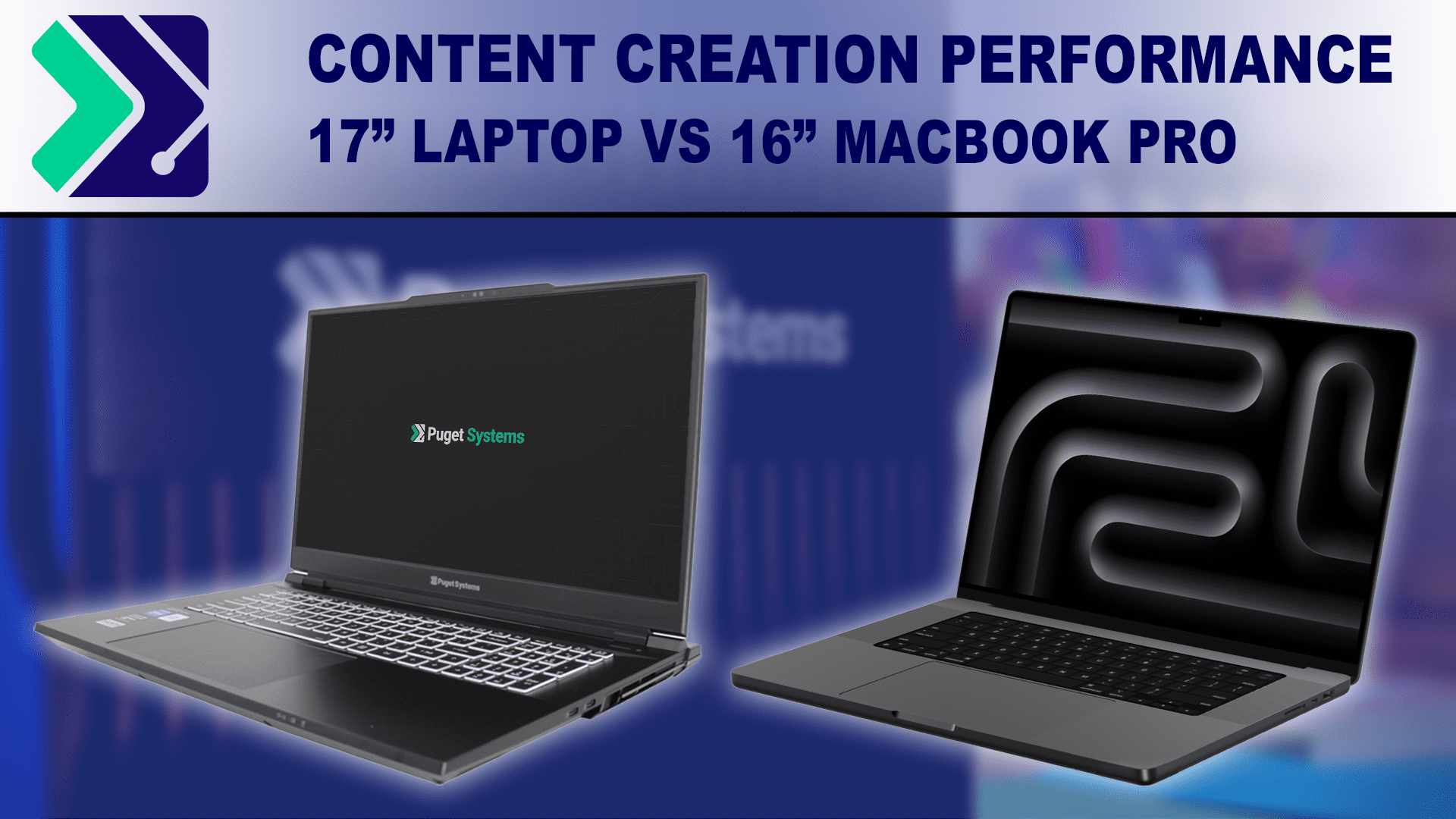

How does the new Puget Mobile 17″ compare to the top-end M3 Max MacBook Pro 16″ in performance for content creation?
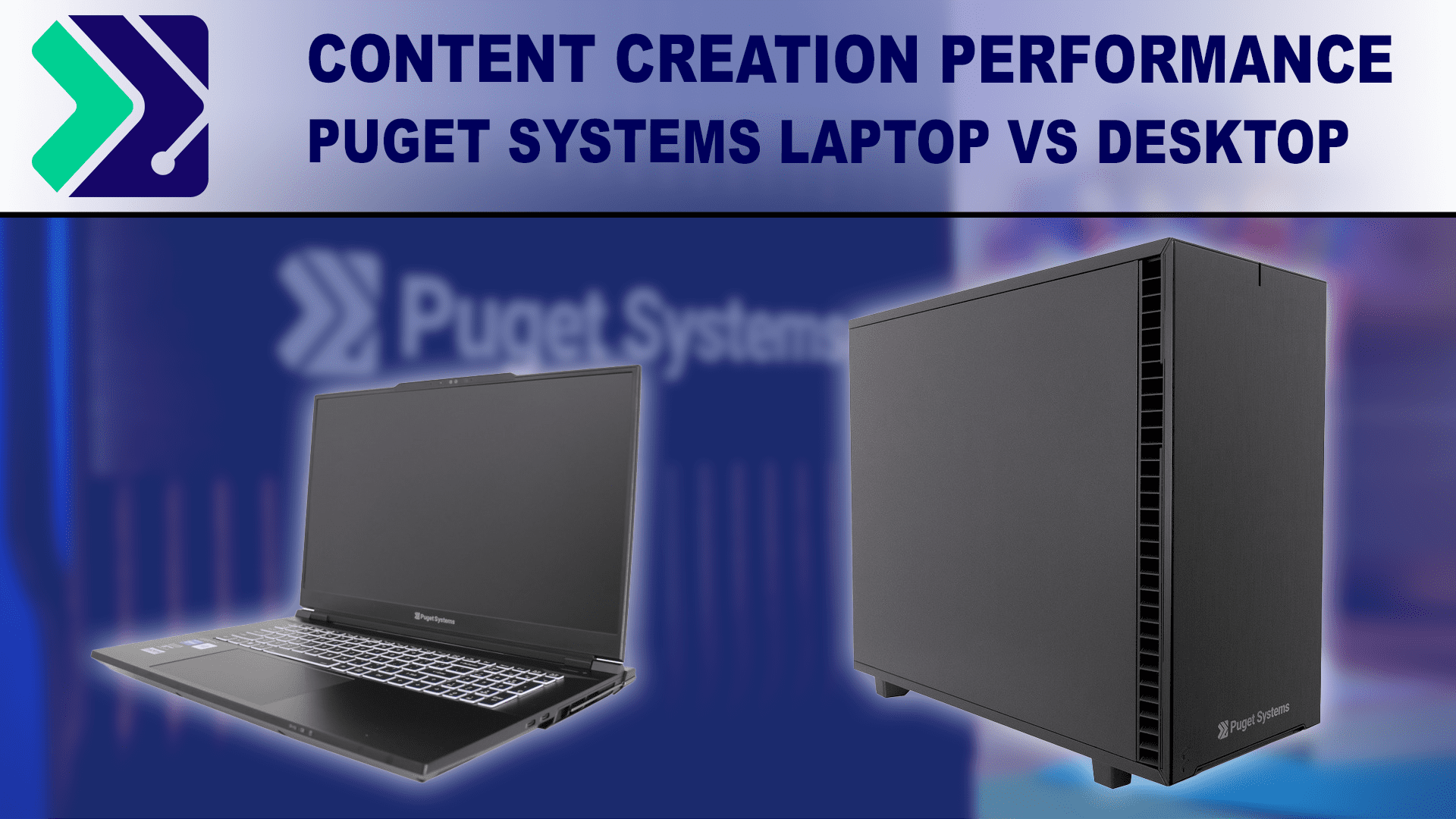
With the launch of the new Puget Systems 17″ laptop, there are a lot of performance questions we want to address. Today, we will be examining the performance of this new mobile workstation compared to a more traditional desktop.
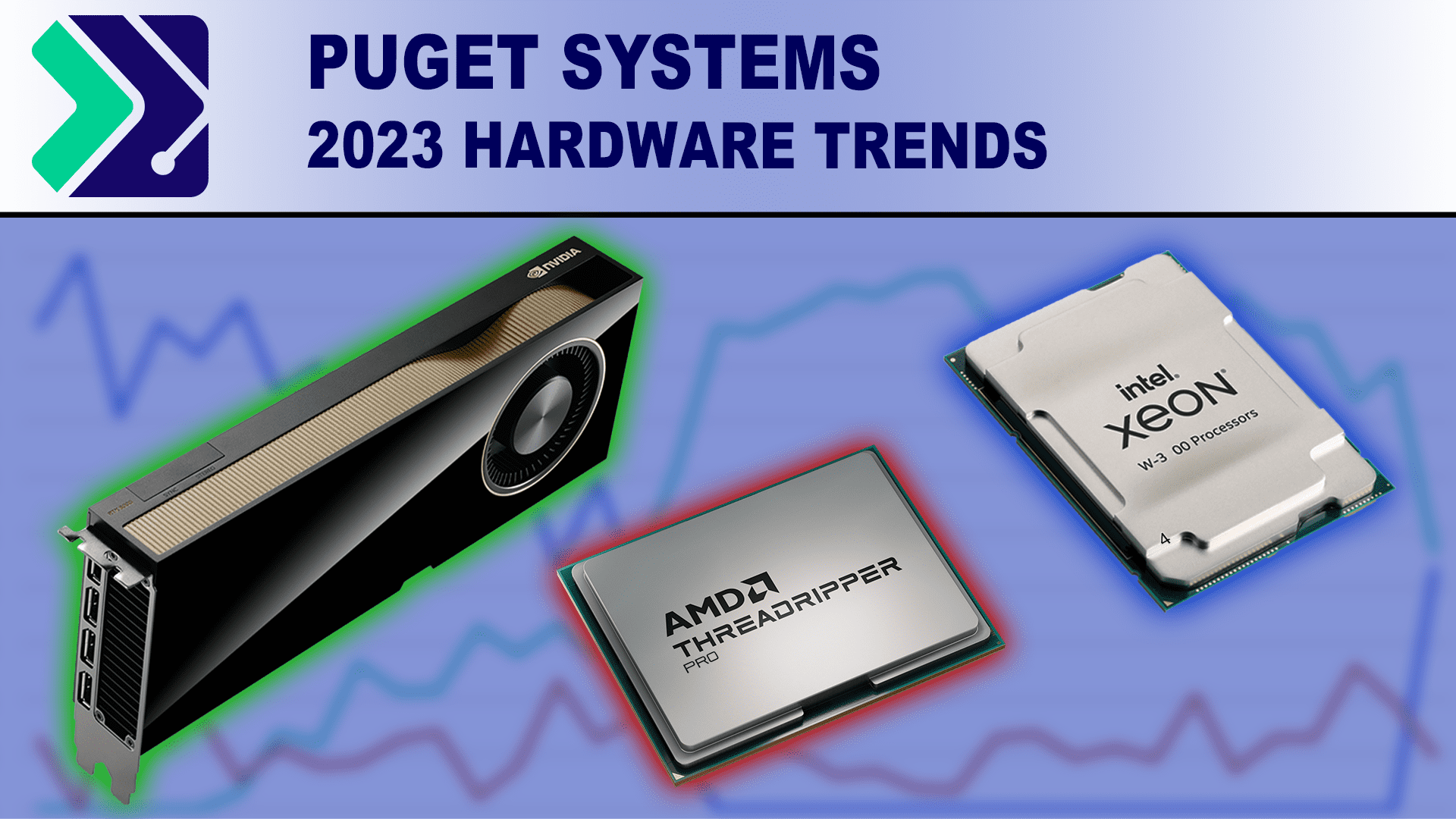
With 2023 at a close, we wanted to look back at the sales trends we saw for CPU, GPU, storage, and OS.
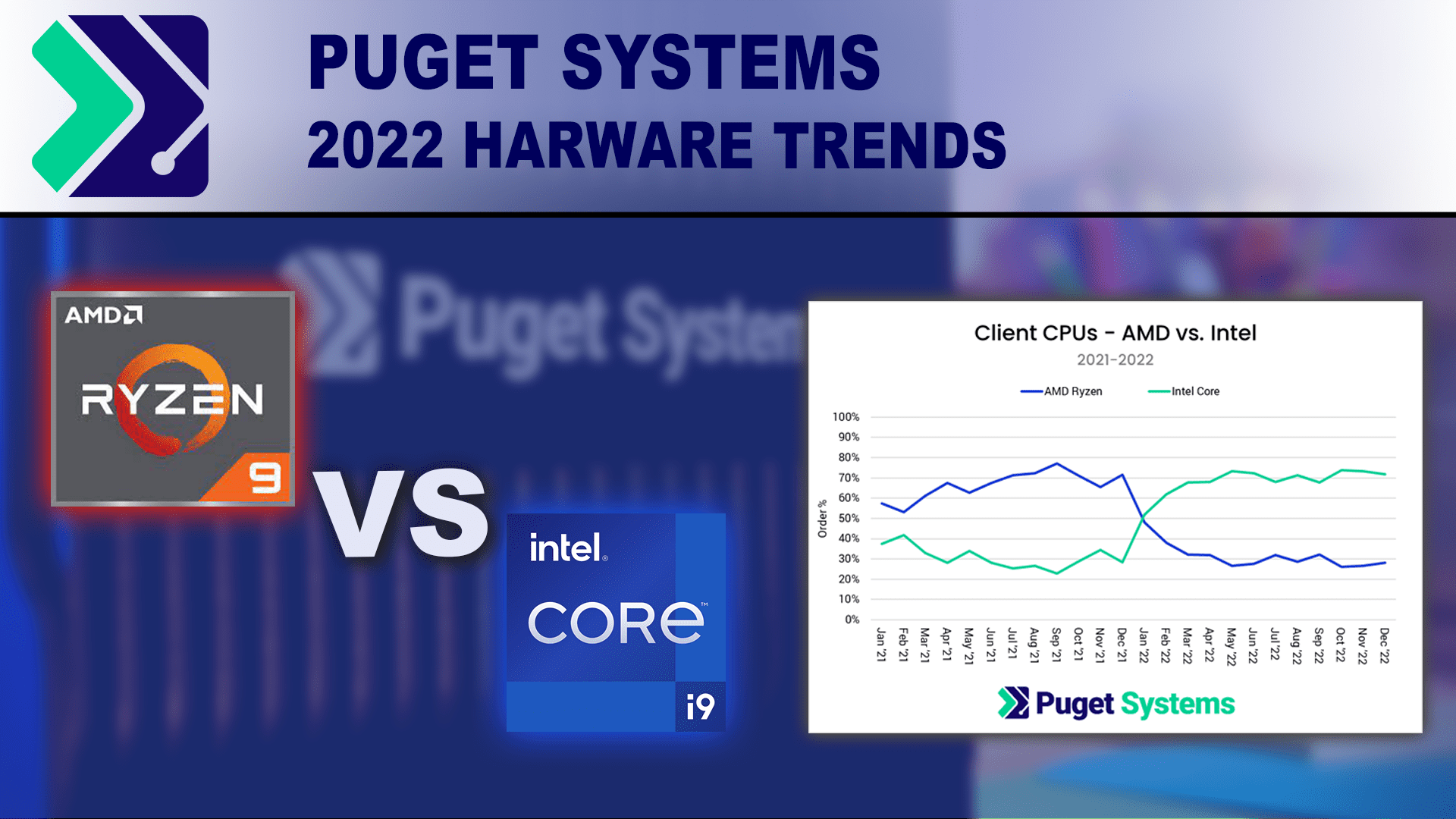
With 2022 at a close, we wanted to look back at the sales trends we saw for CPU, GPU, storage, and OS.
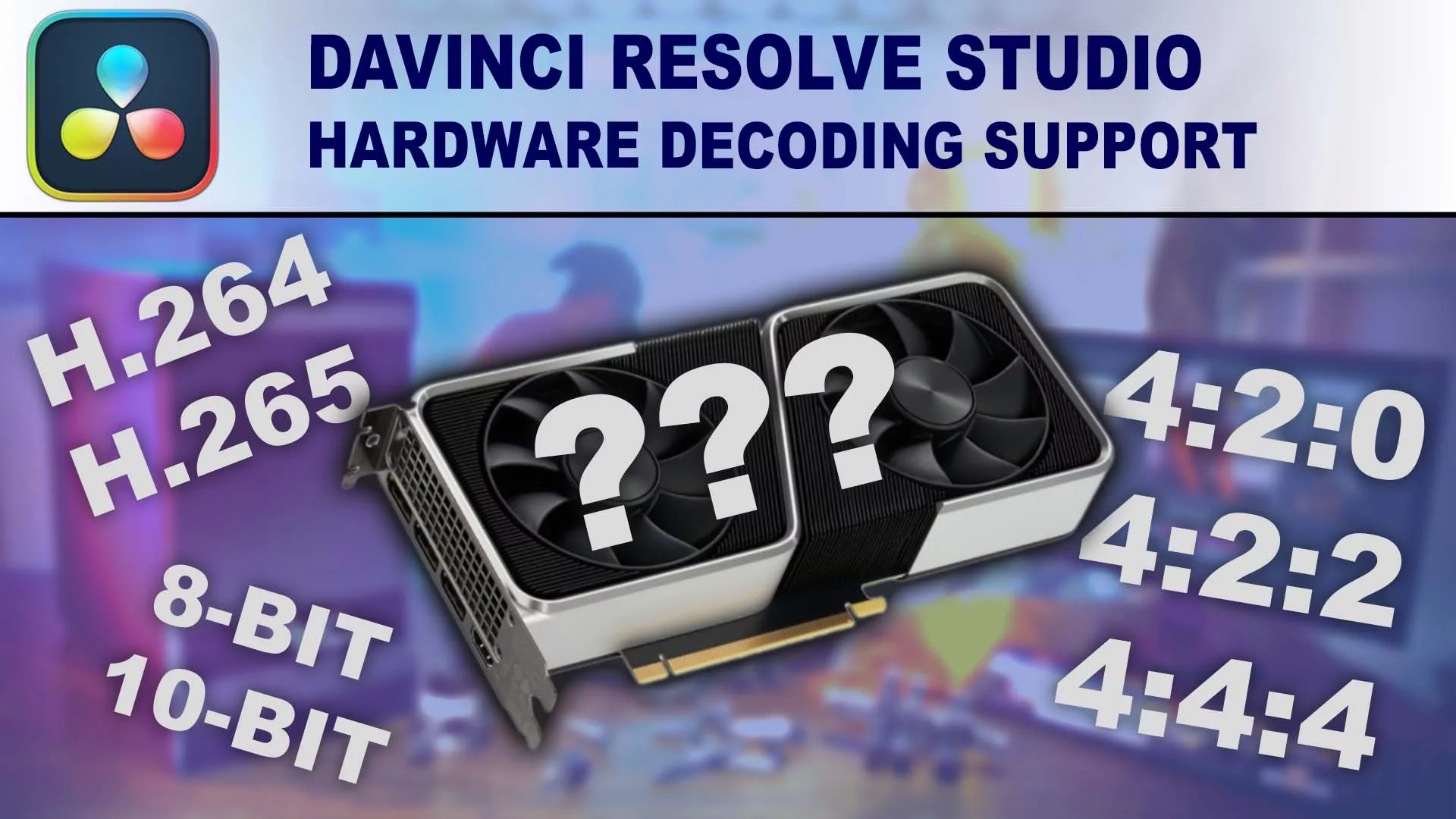
Davinci Resolve Studio supports hardware-based decoding for H.264 and H.265 (HEVC) which can significantly improve performance with these codecs, but not all “flavors” of these codecs are supported depending on the bit depth and chroma subsampling used. In addition, support can change depending on the capability of the hardware in your system. In order to determine exactly what is supported, we decided to do our own testing to see exactly what types of H.264/5 media has hardware decoding support in DaVinci Resolve Studio.
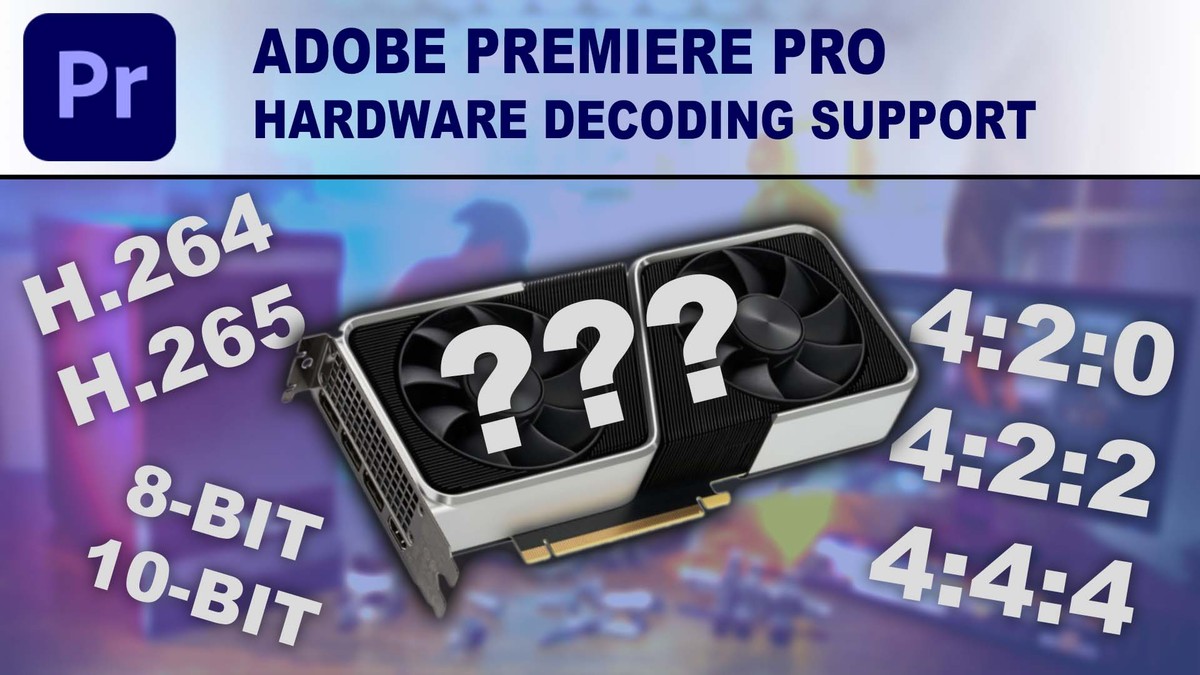
Premiere Pro supports hardware-based decoding for H.264 and H.265 (HEVC) which can significantly improve performance with these codecs, but not all “flavors” of these codecs are supported depending on the bit depth and chroma subsampling used. In addition, support can change depending on the capability of the hardware in your system. In order to determine exactly what is supported, we decided to do our own testing to see exactly what types of H.264/5 media has hardware decoding support in Premiere Pro.
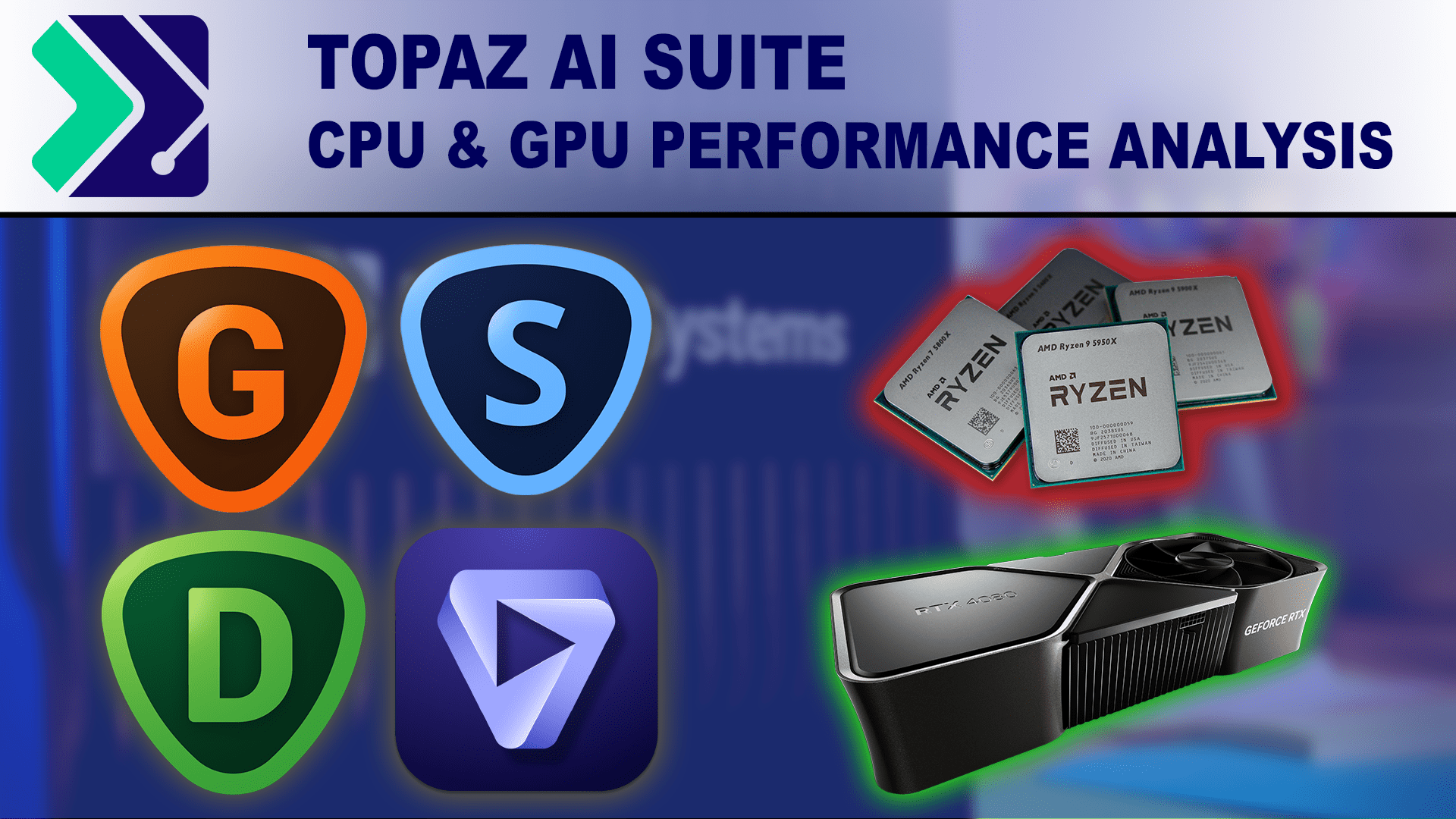
Topaz AI is known for how exceptionally well they can iomprove images and videos, but they can be very hardware intensive. Exactly what CPU and GPU will give you the best performance?
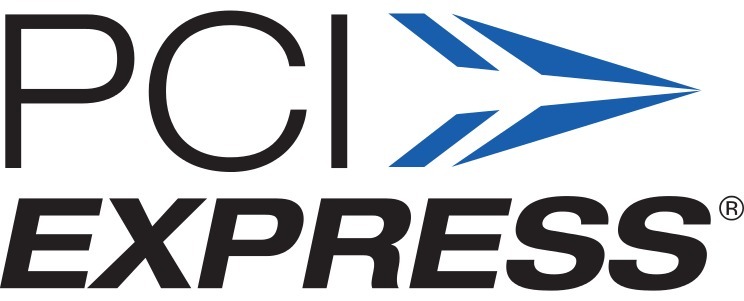
PCI-Express has been the standard for connecting video cards and other expansion devices inside of computers for many years now, and several generations of the technology have now passed. With each of those generations, the amount of data that can be transferred over the PCIe connection has increased. How much impact does that have on modern video cards? Is there any benefit to running a PCIe 3.0 card in a 4.0 slot, or loss if using a 4.0 card in a 3.0 slot?
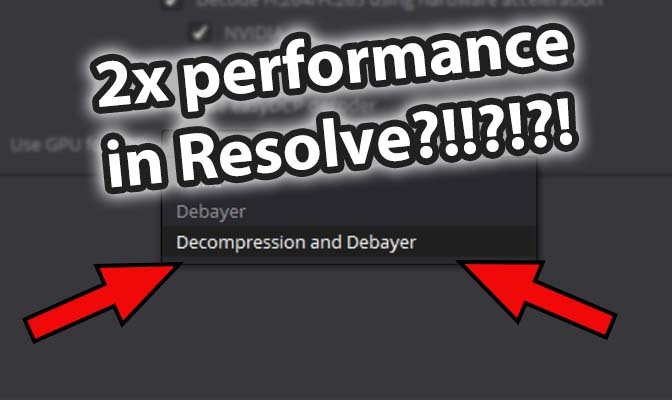
The latest version of DaVinci Resolve (16.1.2) includes an update to the latest RED SDK which is supposed to greatly improve performance when working with R3D files in DaVinci Resolve. But exactly how much of an impact does this make in the real world? (Hint: it is a lot!)
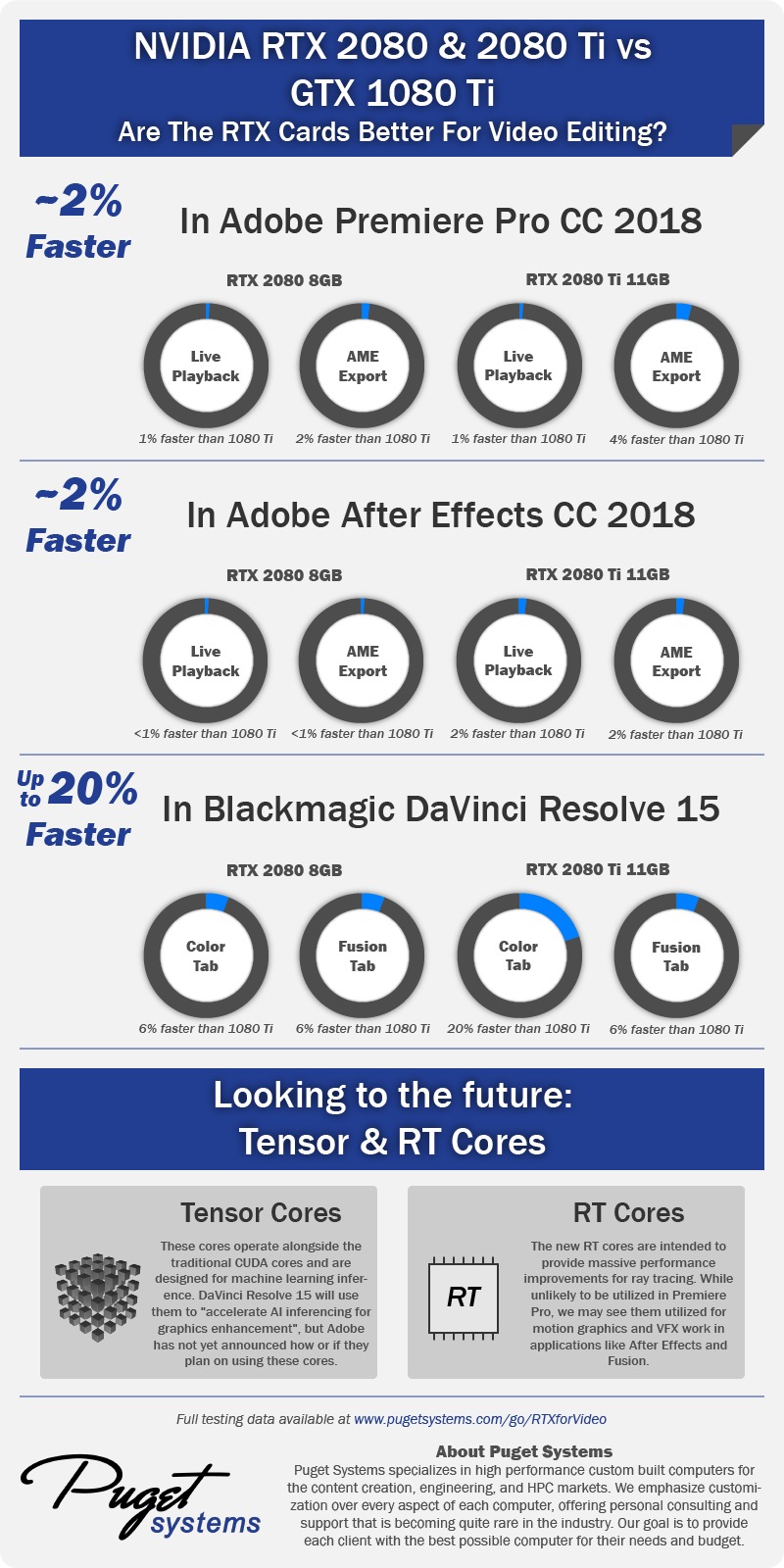
The new RTX series from NVIDIA may not be great for Adobe applications, but they are great for DaVinci Resolve and are very interesting cards for the future due to two major new features: Tensor cores and RT cores.